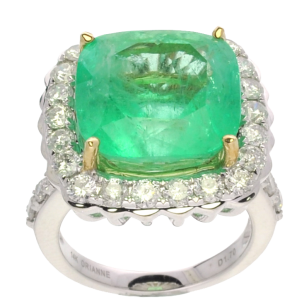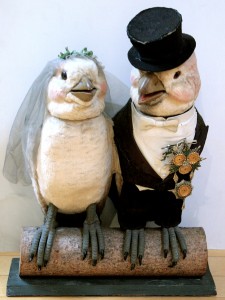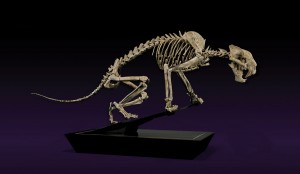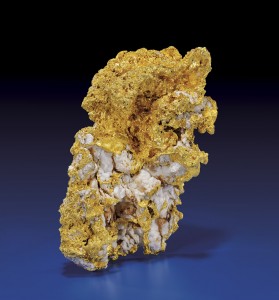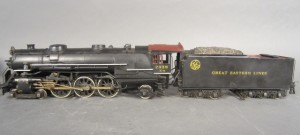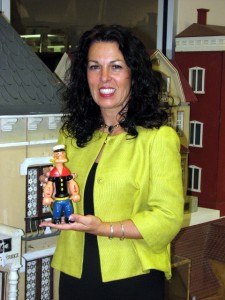Emeralds, gold coins reign at Government Auction, April 28
April 26th, 2013 by adminTEHACHAPI, Calif. – Government Auction’s auction on Sunday, April 28, will feature emerald jewelry, antique gold coins, designer handbags and Rolex watches worthy of an ancient Egyptian ruler or modern-day trendsetter. The auction will begin at 5:45 a.m. Pacific time (8:45 a.m. Eastern time) and Internet live bidding will be provided by LiveAuctioneers.com.
Cleopatra was perhaps the first “celebrity” associated with the enigmatic emerald. The Egyptian queen had a fascination bordering on obsession with the brilliant green stone and even owned an emerald mine. To those in ancient Egypt, the stone represented wealth and power, and was the symbol of fertility. Cleopatra’s hoard of gemstones has never been found, but her association with the rare gemstone endures. A highlight in the April 28 auction that the last pharaoh surely would have coveted is the 14.97-carat emerald with 10.25-carat diamond necklace.
A stunning piece composed of 14K yellow gold, the necklace has a drape motif that suits even the most elegant of evening wear. The 18-inch necklace features 20 graduating emerald and diamond bezel pendants supported by an emerald and diamond lattice with numerous prong- and bead-set round brilliant-cut diamonds. The piece is topped off with matching yellow gold links and a concealed box clasp with twin safeties.
Another piece Cleopatra would have been proud to add to her collection is a 12-carat emerald and diamond ring. The ring is composed of 14K white gold, with the featured large emerald set within a diamond lattice gallery supported by diamond set shoulders and completed with a 2 1/2-millimeter wide band. There are approximately 28 prong- and bead-set diamonds in the ring weighing 1.70 carats.
In keeping with our theme of powerful and sophisticated women, a Louis Stewart designer bag reported to have been owned by Chris Jenner of “Keeping with the Kardashians” is also featured in this auction. The Louis Stewart line is fast becoming the latest trend and is popular with the celebrity set due to the company’s product quality and style. Stewart is a designer who worked for Louis Vuitton before launching his own brand. This brand has not made it to the stores yet, but is receiving high visibility from celebs such as Rhianna and Nicki Minaj. The Louis Stewart handbag featured on April 28 is black patent leather with a small crystal bling lock, and the Louis Stewart logo is displayed on a front silver badge.
Also offered for auction in the coin category is a highly sought-after piece—an 1894-S $20 U.S. Liberty Head gold coin. The Double Eagle, as the coin is also known, was minted from 1850 during the height of the California gold rush until 1907. Of all the U.S. gold coins minted before 1907, the Double Eagle had the highest gold content, almost one full ounce of pure gold. Designed by James B. Longacre, the coin weighs 33.43 grams and is composed of 90 percent gold
and 10 percent copper.
Another collectible coin for auction is the 1925-D $2.5 U.S Indian Head type gold coin. The Indian Quarter Eagle, as the coin is also known, was minted in Denver. Designed by Bela Lyon Pratt the coin features an incuse, or sunken, design of an American Indian with full feather war headdress on the obverse and the American eagle on the reverse. The piece is 18mm in diameter, weighs 4.18 grams, and is comprised of .900 fine gold and .100 copper.
An exceptional Rolex Oyster Perpetual wristwatch is an auction highlight in the elite timepiece category. This man’s watch is crafted in stainless steel with silver sunray finish dial and steel hour posts and band.
Additional auction highlights include a 5.00-carat princess-cut diamond, Chanel sunglasses, Louis Vuitton leather bag, Formula 1 Hublot Watch and much more.
For additional information on any lot in the sale, call Debbie at 661-823-1543 or email info@governmentauction.com.
View the fully illustrated catalog and sign up to bid absentee or live via the Internet at www.LiveAuctioneers.com.

